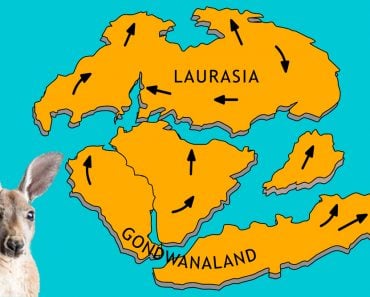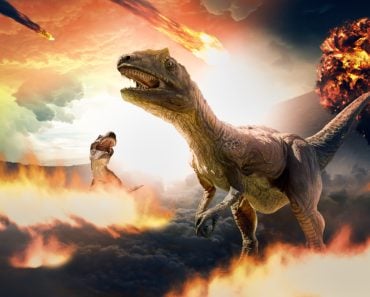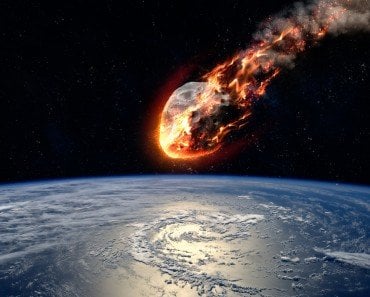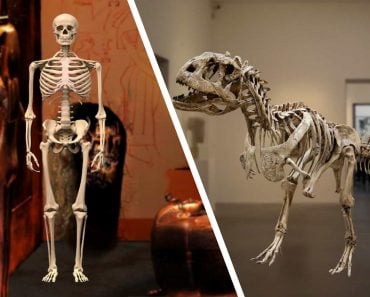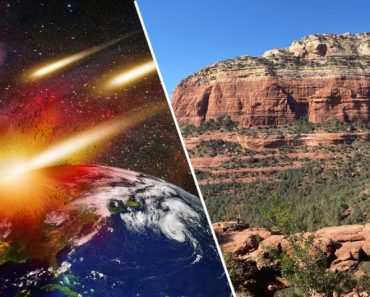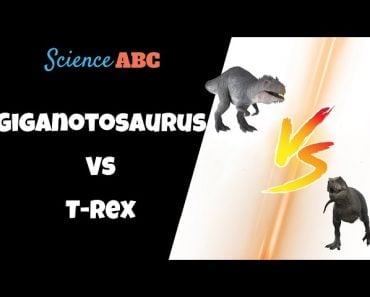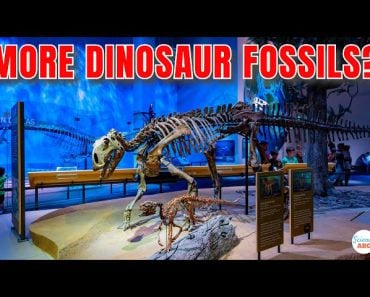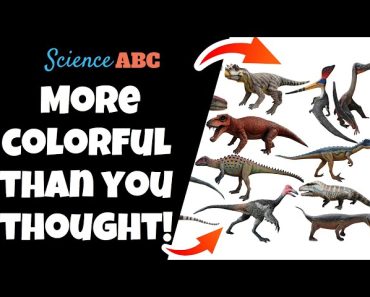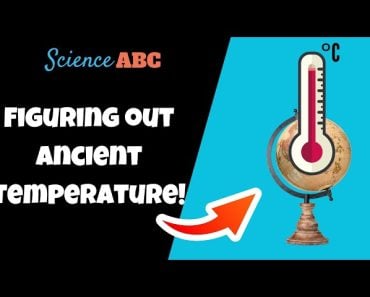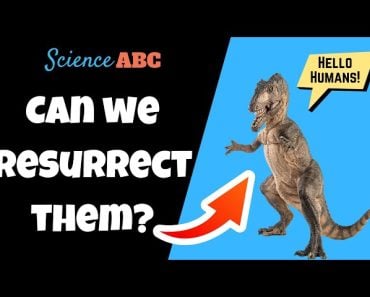Active volcanism dated around the K-T border is argued to be the cause of global atmospheric cooling and the declining dinosaur population at that time. This theory challenges the impact of the asteroid crash as the reason for the demise of the great dinosaurs.
About 140 million years ago, Earth wasn’t anything like what we see today. The weather was warm and humid and the polar regions lacked continental ice sheets. In fact, they were covered with trees!
Dinosaurs roamed and dominated the animal kingdom on land and in the sea. This time during the Cretaceous period is famously known as the “Age of the Dinosaurs”.
However, what represented the real “fall” for these huge land creatures? There has been much debate about the cause of the non-avian dinosaur extinction at the K-T boundary, as all the major continents and seas were affected by this global K-T extinction.
The K-T border is an acronym denoting the divide between the Cretaceous and Tertiary periods. One of the biggest extinction events in Earth’s history occurred at this border, known as the K-T Event.
To read more about what marks the boundaries of Earth’s geological past, you may want to check out this article explaining the planet’s geological time scale.
Recommended Video for you:
What Killed The Dinosaurs?
This question does not have a definitive answer. There have been several explanations for the extinction of dinosaurs—some silly, and others quite persuasive.
For instance, a book about the extinction event claimed that the dinosaurs may have died out because they had been out in the sun for too long. They developed cataracts, and consequently fell off cliffs due to poor vision.
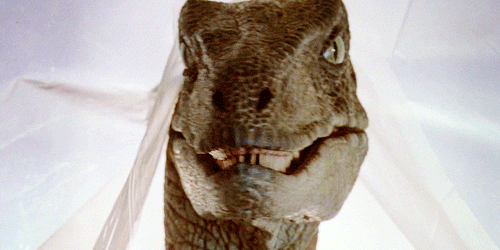
That hypothesis aside, there are two popular theories that are the focus of major research around the K-T event. These are the significant meteor strike theory and the massive volcanic activity theory.
Did Volcanic Activity Play A Role In The K-T Event?
According to research that first appeared in the journal “Nature Communications,” there was a sharp decline in the number of global species 10 million years before the asteroid crash. The study focused on three carnivorous and three herbivorous dinosaur groups.
They studied the timeframe at which these families underwent diversification and discovered a gradual fall in both herbivore and carnivore populations. The demise of the carnivores was likely triggered by the loss of grasslands. Such a process is referred to as cascading extinction.
It is possible that climate changes were the cause of this drastic drop in the dinosaur population. A worldwide cooling of 7 to 8 °C occurred on Earth at the K-T boundary. The planet experienced magmatic activity blazing through tectonic plates across Africa and India during the K-T event, evidence of which has been found in the Deccan Traps.
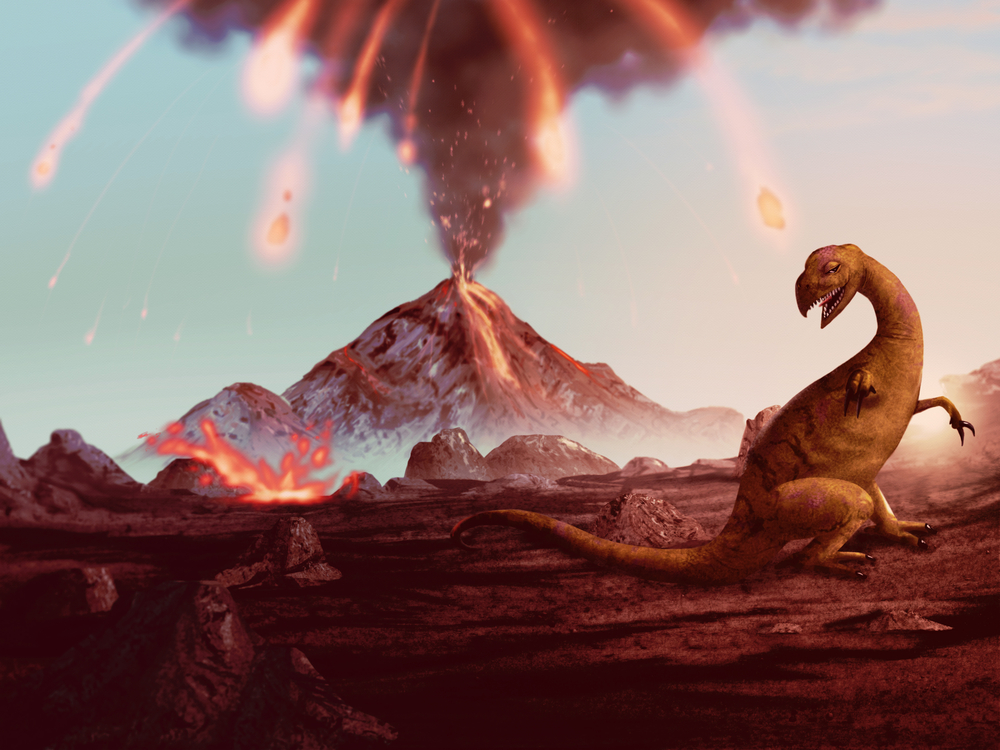
The Deccan Traps are areas in the southern part of India that still holds traces of one of the planet’s most massive volcanic eruptions. According to scientists, the eruption spewed for 500,000 years, starting 250,000 years before the asteroid hit. It is possible that the protracted volcanism poisoned the environment and oceans by releasing high concentrations of toxic materials into the atmosphere.
How Is An Asteroid Responsible For A Mass Extinction?
Asteroids are rocky objects circling the Sun, with a diameter ranging from a few to several hundred meters. Around the same time as the K-T extinction, an asteroid struck the planet. Researchers have discovered that rocks which formed precisely near the K-T border have unusually high concentrations of the element iridium—a rare metal linked with extraterrestrial substances.
On Earth, iridium is significantly more uncommon than gold, but in the K-T border mud, iridium is frequently more prevalent. Thus, according to scientists, iridium was dispersed globally when an asteroid crashed into the planet. A crater from the impact, called the Chicxulub Crater, has been located beneath the strata of Mexico’s Yucatán peninsula.
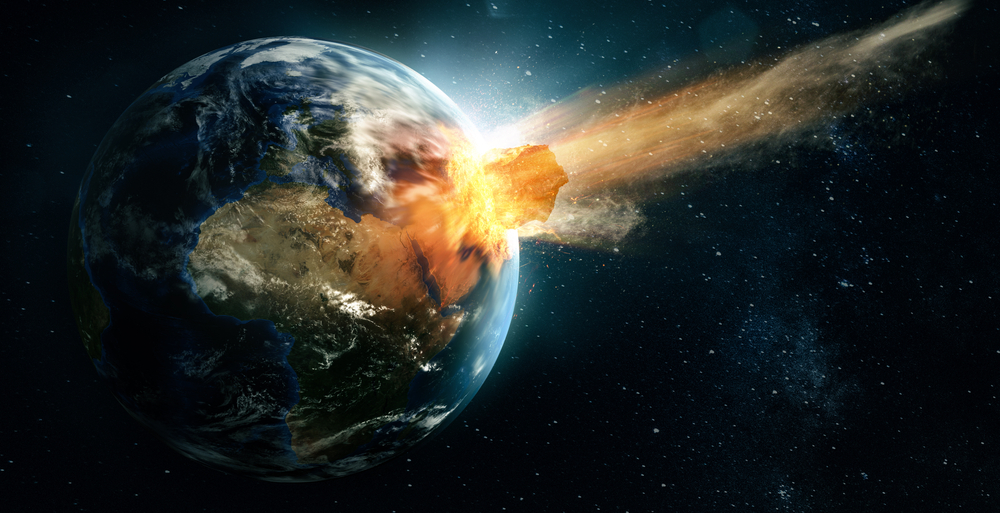
The asteroid’s impact entirely destroyed the nearby region, creating a large crater and an incredibly powerful shockwave. This caused soot to spread over the entire planet and partially blocked sunlight from traveling to the surface, which affected the development of plants.
This cascaded across the food web like dominoes, bringing the biosphere crashing down. Herbivore survival was severely impacted by the decline in plant life, so carnivores perished as well.
Would Dinosaurs Have Survived If The Asteroid Had Not Hit Earth?
It’s challenging to say for certain what the fate of the planet would have been if the asteroid did not hit Earth. The possibility of a diversity rebound is extremely hard to calculate, as certain groups may have persisted, while others may have died off.
We can infer that the asteroid struck when ecosystems were already under a lot of stress from climate change. Perhaps it was just the ultimate knockout blow to the dinosaur population. This is frequently the situation when a species becomes extinct.
First, the population begins to steadily decline, and then another unexpected catastrophe comes along and wipes it out completely.
References (click to expand)
- Condamine, F. L., Guinot, G., Benton, M. J., & Currie, P. J. (2021, June 29). Dinosaur biodiversity declined well before the asteroid impact, influenced by ecological and environmental pressures. Nature Communications. Springer Science and Business Media LLC.
- Why are birds the only surviving dinosaurs?. Tory Museum In London
- What really killed the dinosaurs? | MIT News. news.mit.edu
- The KT extinction. The University of California Museum of Paleontology
- When did dinosaurs live? | Natural History Museum. Tory Museum In London

